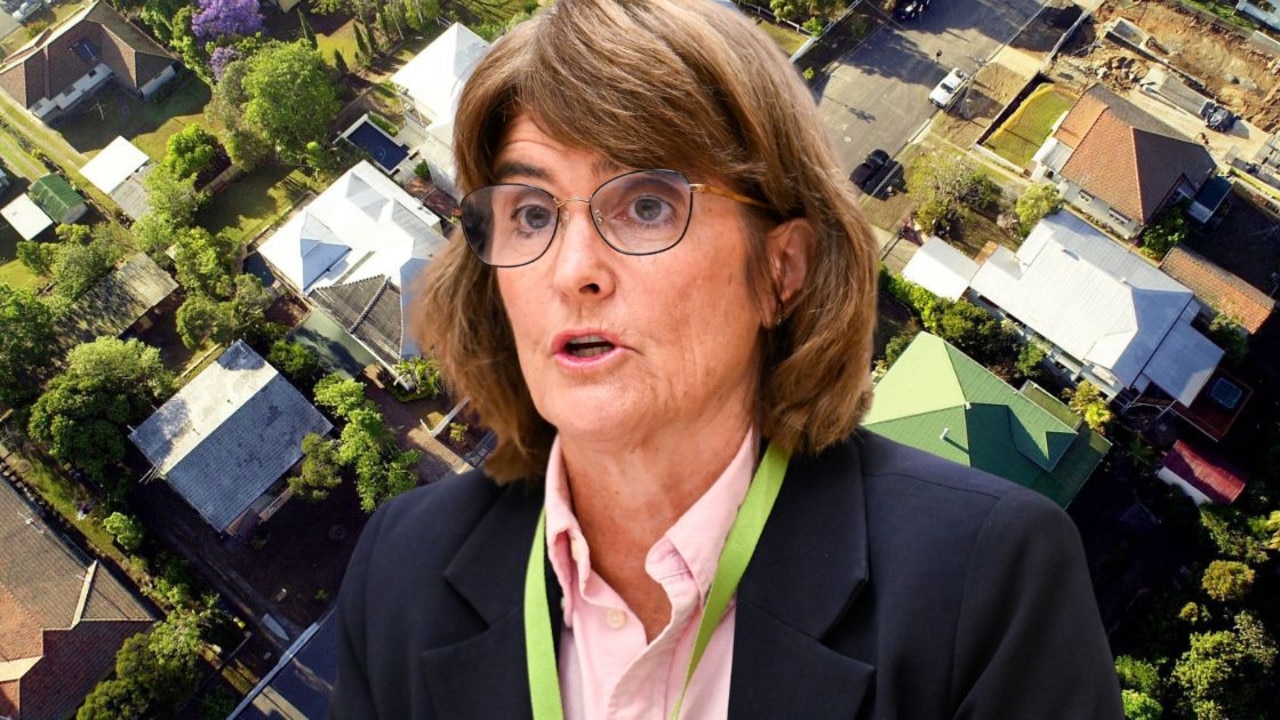Native Mounted Police history revealed by camp studies
Queenslanders are about to find out shocking historic details relating to the state’s frontier police force, as Miles Kemp reports.
CM Insight
Don't miss out on the headlines from CM Insight. Followed categories will be added to My News.
NEW light will be shed on Queensland’s paramilitary force of ruthless, highly skilled, killers of the ‘native’ population responsible for a particularly dark part of Queensland's colonial history.
Queensland Native Mounted Police units were groups of six or seven who consisted mainly of a white officer but mainly Aboriginal troopers.
The units were a protection force which made possible the conquest of huge remote areas of the continent.
Historical documents left behind by the QNMP reveal the ‘protection’ often included swift retribution and random violence.
So effective were they that one unit was dispatched in 1880 to track down and capture the infamous Kelly Gang.
But today an entirely new chapter about the force will be revealed by the Queensland Museum when internet-based resource, the ‘Frontier Conflict and the Native Mounted Police in Queensland Database’, is launched.
The database will put within fingertip reach more than 11,000 documents about 170 Native Mounted Police camps, 12,000 artefacts, 1800 frontier conflict events, as well as the lives of 400 officers and 850 troopers through the second half of the 19th century.
It is the culmination of four years of work by dozens of archaeologists and their students, who have found around 40 sites scattered throughout the state by the units as they travelled, camped, fought and lived on the frontier.

The ambitious $765,000 project was the brainchild of five universities; Southern Queensland, Notre Dame, New England, James Cook and Flinders.
Flinders University associate professor Heather Burke said despite the well documented historical work of the troopers, archaeologists realised the record left on the ground and under it could reveal much more detail of how the officers, troopers, their children, and women with them lived, worked and died.

Although many Native Mounted Police camps were occupied for only a few months, some were active for more than 20 years.
Professor Burke said frontier conflict was a rapidly growing field of study, providing added incentive to tell a more complete story about the police units.
Teachers and Queensland school students will be among the big beneficiaries, able to study this aspect of the nation’s past like never before.
From year five Queenslanders now learn about the nation’s ‘frontier wars’.
Eager history teachers will make up the bulk of the 200 guests who will converge on the museum for the launch of the database.
It will bring together tens of thousands of known and previously unknown documents and photographs.
“These are not new, but were scattered throughout the state in many collections and schoolchildren and other researchers will now be able to access all of them from anywhere via the internet,’’ Professor Burke says.

Other resources include photographs and descriptions of hundreds of items newly discovered including 480 animal bones, 401 buttons, dozens of ceramic fragments, 3991 metal pieces including ammunition.
To date information about the police is dominated by the written records left by the commanders in diaries and letters, and in Brisbane the photographs and other official documents.
The archaeology hopes to fill gaps, Professor Burke explains.
The indigenous response to the settlement of their lands is rarely described for example, nor the day-to-day lives of the troopers themselves.
Direct evidence from items such as food and drink containers, clay pipes, glassware and ornaments is revealed beneath the ground and on the surface of the camps helps paint a more fulsome picture.

“It provides an alternative lens through which to understand the nature of conflict, understand the Aboriginal and settler experience and interaction,’’ Professor Burke said.
“For the first time we can comprehensively combine items discovered with oral and historical evidence from a range of sites across central, southern western and northern Queensland, we can understand more fully the labour, lives and legacies of the Native Police.
“The material evidence reveals to us the activities, living and working conditions of the Aboriginal troopers, the relationships between them and European officers, and the oral histories of conflict held by Aboriginal and non-Aboriginal people.”
For Professor Burke and her team, finding the sites was one of the biggest challenges.
“In the early phases there was a lot of effort put into trying to locate the precise location from talking to people, using historical maps, documentary references and other clues,’’ she explains.

“We didn’t find all of them, a lot are now where towns are now and occasionally private owners said no to access.’’
For many, other than the esoteric metal detector community, the archaeological findings are nothing more than discarded rubbish.
But Professor Burke said enormous new information could be gained from what was left behind, evidence of what the troopers and their commanders did as opposed to what they recorded.
The finding, cleaning, identifying and cataloguing of thousands of new items has been completed. This detailed analysis is the next phase of the project.
Professor Burke says a good example is evidence discovered of women and children at the camps, previously almost ignored in documents of the time.
“We know from brief mentions that there are women at the camps, and we have identified childrens’ toys at the sites, so we hope to identify more about the lives of Aboriginal women,’’ she says.
“So watch this web space.’’


